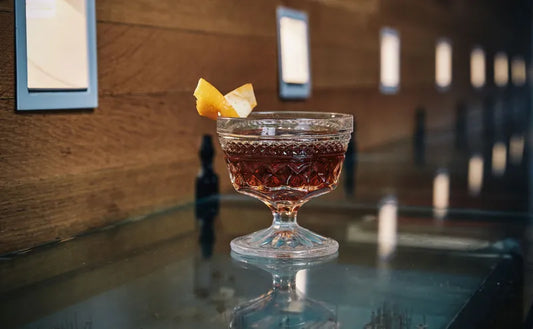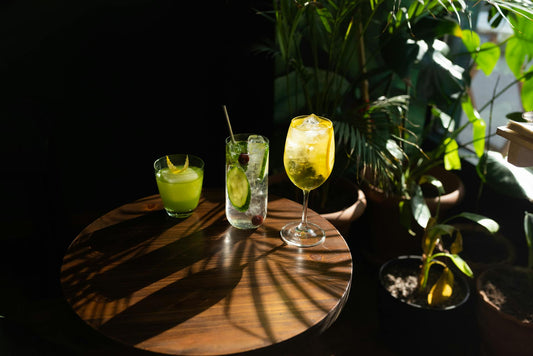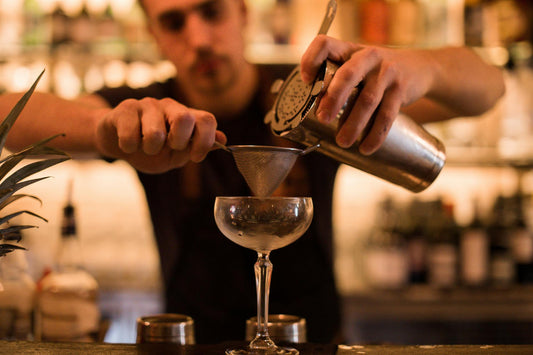Red Opal Cocktail: A Vibrant Blend of Blood Orange & Gin
SWEET to SOUR
(1-10)
STRENGTH
(1-10)
CALORIES
STANDARD
DRINKS
Note: these values are approximate and may vary dependent on the ingredients and brands you use.
More information...
The Red Opal Cocktail is a vibrant and visually striking drink that captures the essence of its namesake gemstone. With its rich hues of red and orange, this cocktail not only pleases the eye but also tantalizes the palate with a delightful blend of flavors. The primary spirit in this concoction is Hayman's London Dry Gin, a classic choice that brings a botanical complexity to the mix. This gin is known for its crisp and refreshing profile, which serves as a perfect base for the other ingredients.
The cocktail features blood orange liqueur and fresh blood orange juice, which are the stars of the show. Blood oranges are celebrated for their unique flavor, which is sweeter and more complex than regular oranges, often with hints of raspberry. This sweetness is balanced by the addition of a rich sugar syrup, made with a 2:1 ratio of sugar to water, ensuring that the cocktail has a luscious mouthfeel without being overly cloying. The use of orange blossom water adds an aromatic floral note that elevates the drink, making it not just a cocktail but an experience for the senses.
To prepare the Red Opal Cocktail, one must first select a Coupe glass and chill it to perfection. The preparation involves shaking all the ingredients with ice, which not only chills the mixture but also dilutes it slightly, allowing the flavors to meld beautifully. After shaking, the cocktail is fine strained into the pre-chilled glass, ensuring a smooth texture without any ice shards. The final touch is the expression of an orange zest twist over the drink, releasing essential oils that enhance the aroma and add a touch of elegance to the presentation.
In terms of strength, the Red Opal Cocktail sits at a moderate 7 out of 10, making it a drink that can be enjoyed without overwhelming the senses. With an alcohol content of 13.55% by volume, it strikes a balance that allows for a pleasant sipping experience. The taste profile leans towards the sweet side, rated at 7 out of 10, which is complemented by the natural acidity of the blood orange juice. This balance of sweet and sour makes it an appealing choice for those who enjoy cocktails that are not overly dry.
Nutritionally, the Red Opal Cocktail contains approximately 210 calories per serving, which is relatively standard for a cocktail of its kind. It also contains about 1.4 standard drinks worth of alcohol, making it a suitable option for a casual evening or a celebratory occasion. The combination of flavors and the visual appeal of the drink make it a fantastic choice for gatherings, where it can serve as a conversation starter.
Overall, the Red Opal Cocktail is a delightful blend of flavors that showcases the beauty of its ingredients. Its vibrant color and aromatic profile make it a standout choice for cocktail enthusiasts. Whether enjoyed at a bar or crafted at home, this cocktail is sure to impress and provide a refreshing escape into the world of mixology.



